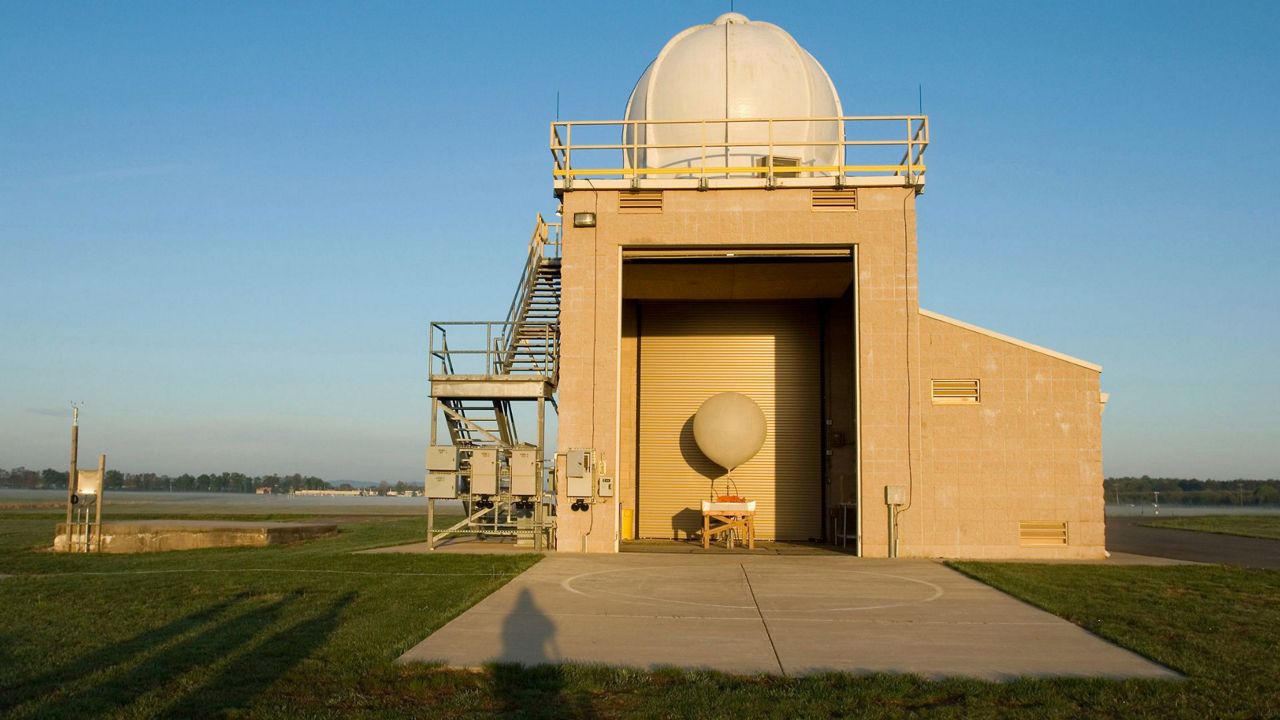SAN DIEGO — Scientists at UC Davis are working to perfect a way to harvest light from the sun — and its optimal light spectrum — to grow more food with less water and create clean energy.
Measuring the power of the sun is part science with a dash of magic to Majdi Abou Najm.
“This is basically bending light, as inspired by the ‘Avatar’ series,” he said. “This is basically the light benders at work.”
Abou Najm is an associate professor at the UC Davis Department of Land, Air and Water Resources. He is studying agrivoltaics, growing crops under the shade of solar panels, ideally with less water.
Abou Najm said typical solar panels take all the light, but by using agrivoltaics, a new generation of solar panels could take the blue light for clean energy and then pass the red light onto the crops.
“We are basically trying to optimize sun so that we look at how much crops want exactly, and why not harvest the rest?,” he said. “Because if we leave it, we are just going to spend more water.”
His team has so far discovered that the red part of the light spectrum is more efficient for growing plants, while the blue part of the spectrum is better used for solar production. They tested growing techniques on plants like strawberries, basil and tomatoes.
“We can create the same tomato with 15% to 20% less water,” Abou Najm said.
Andre Daccache is an assistant professor at the UC Davis Department of Biological and Agricultural Engineering and is one of the partners of the project. He uses drones to capture images of their crops, using cameras and sensors to capture the growth of plants, the moisture in the soil and what kind of light is hitting the crops.
“We are trying to map the development of the plant itself,” Daccache said. “So it is quite important to have a look from above.”
Related Stories
- Sidewalks and buildings make some cities feel even hotter, study says
- Wildfires drive up property insurance, threatening local businesses
- Feds decline to list Venus flytrap for protection under Endangered Species Act
- Sick of hearing about record heat? Scientists say those numbers paint the story of a warming world
Amid the challenges of climate change, drought and a growing global population, the scientists believe designing systems that balance sustainable land management with water use and food production will be instrumental in caring for the human race and the planet.
“We are working. There are people who are really working hard in order to explore different solutions,” Daccache said.
Abou Najm believes by treating the sun as a resource, they can work with shade and generate electricity while producing crops underneath.
“If we can bring those acres back into production and generate tomatoes with less water, that’s going to be really a game changer,” he said. “Working with light, optimizing light and even optimizing every single spectrum of light is the future for agriculture. Technology is our savior, in this case.”
Abou Najm said once they perfect their methods and adapt it to large-scale farming, they hope to create an affordable version so that it’s accessible to farmers all over the world to help them produce more crops and create more energy. They hope to make agrivoltaic systems more efficient in arid agricultural regions like California.











